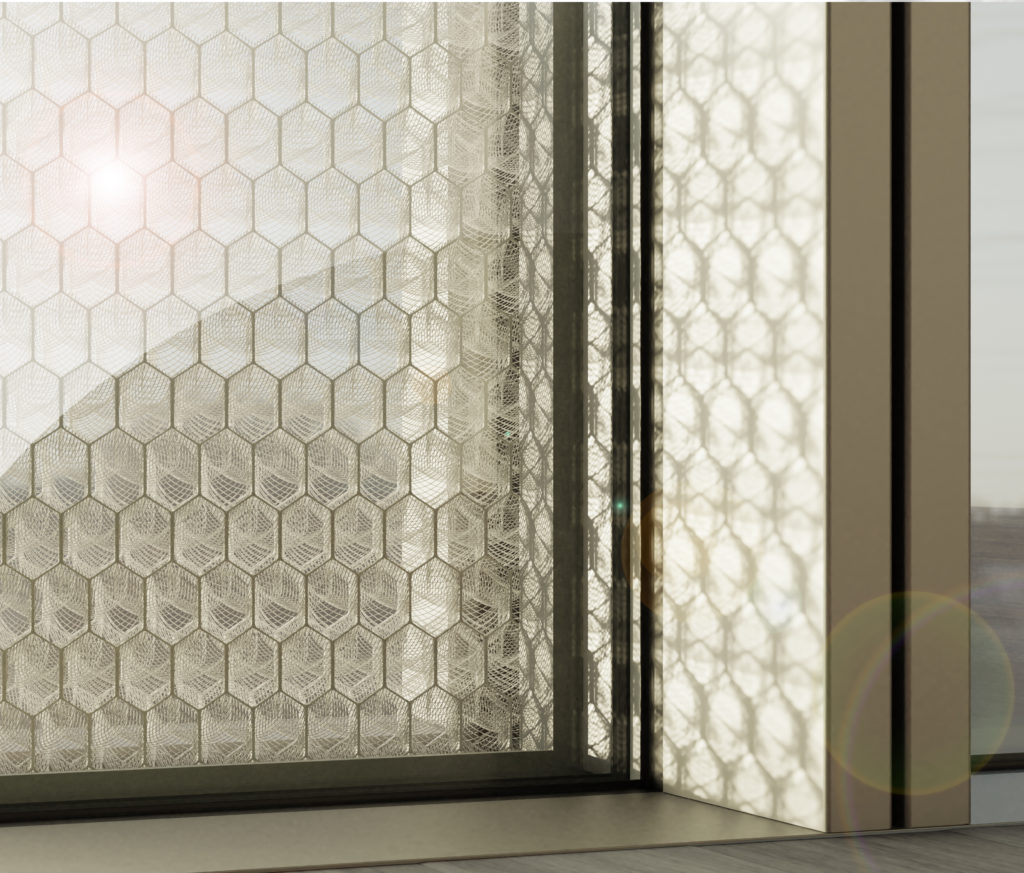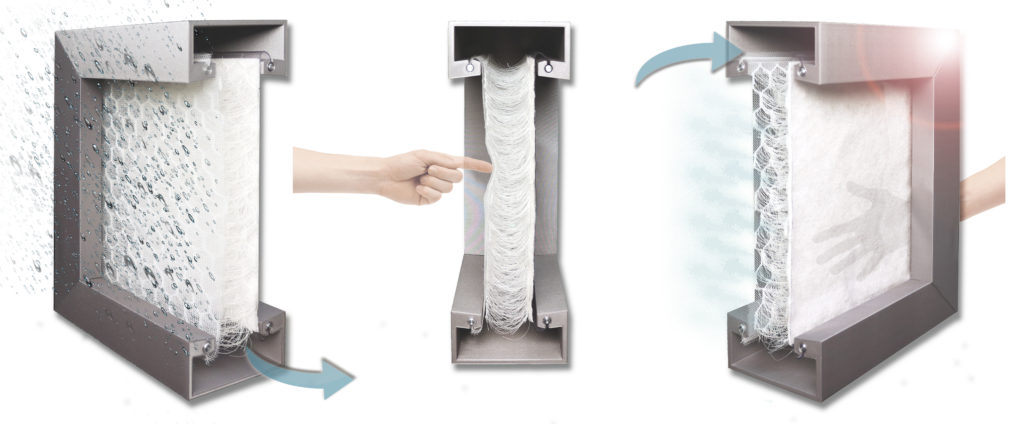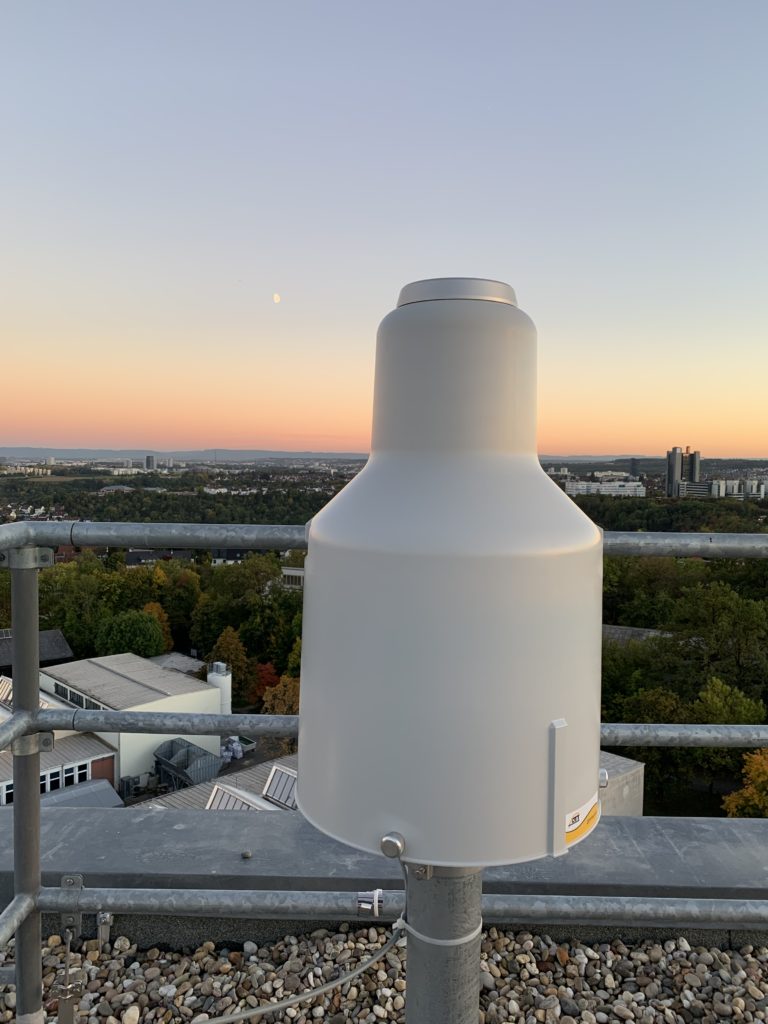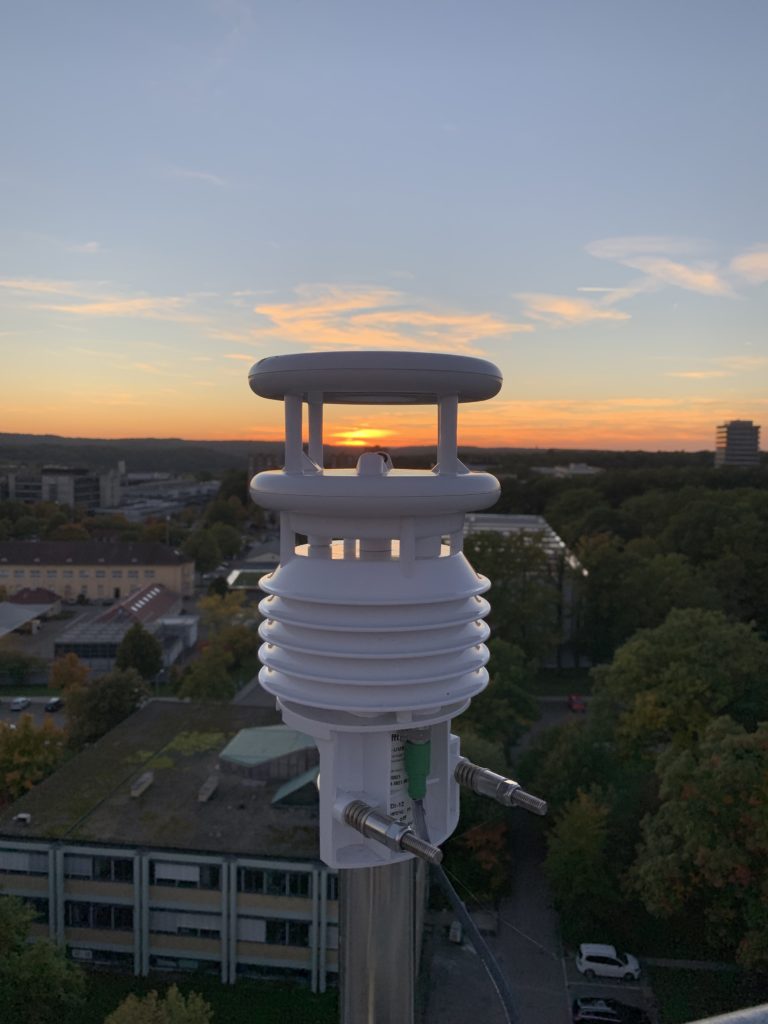OTT HydroMet experts Katja Weber, Application Development Manager and Torsten Dose, Technical Support Manager recently attended a groundbreaking ceremony for a unique monitoring application. This cutting-edge, innovative engineering project is known as HydroSKIN.
The HydroSKIN Project
HydroSKIN represents a lightweight textile envelope designed for building facades to retain rainwater during heavy precipitation events and to provide evaporative cooling in times of heat. The project is motivated by the constantly increasing climatic loads of urban structures that place complex demands on future building envelopes. The HydroSKIN project is initiated by Architect and Research Associate, Christina Eisenbarth from the University of Stuttgart, Institute for Lightweight Structures and Conceptual Design.












A Customized Solution
The University of Stuttgart looked to OTT HydroMet to provide a solution for measuring environmental conditions on the building and the effectiveness of the HydroSKIN. The measuring concept was set up by Christina Eisenbarth and Walter Haase, Aeronautical Engineer and Postdoc at the University of Stuttgart, Institute for Lightweight Structures and Conceptual Design. Katja and Torsten configured a customized station from OTT HydroMet’s vast portfolio. The solution combined instrumentation from the trusted brands of OTT, Sutron, Kipp & Zonen, and Lufft.
The brain of the station is a Sutron XLink 500 datalogger programmed with a customized Python Script specifically for the HydroSKIN project. Multiple sensors are connected to the XLink 500 to integrate the data into the script. On the side of the building, an OTT Parsivel and a Lufft WS200 were installed. The Parsivel measures the drop size distribution of raindrops that move towards the HydroSKIN surface and the WS200 measures wind behavior. On the roof, an OTT Pluvio²L and Lufft WS500 provide accurate information on the quantity of precipitation, wind speed, wind direction, relative humidity, and ambient temperature. Kipp & Zonen pyranometers will soon be added to provide insight into the impact of radiation on the cooling effect of the HydroSKIN. These parameters in combination are used to describe the overall meteorological landscape around the building.
The Future of HydroSKIN
Now that the pilot is up and running, Christina and the HydroSKIN team look to gather data on the efficiency of the textile element for both rainwater harvesting and evaporative cooling. They also plan to get a larger test field by equipping one whole level of the D1244 high-rise building with HydroSKIN in combination with a unitized glass facade.
Further Reading
The copyrights of the photos are held by the University of Stuttgart.
Among them are the following photos:
6, 7, 8, 9, 10, 13
© Christina Eisenbarth
And the following photos:
1, 2, 3, 5 and drone video
© Sven Cichowicz




